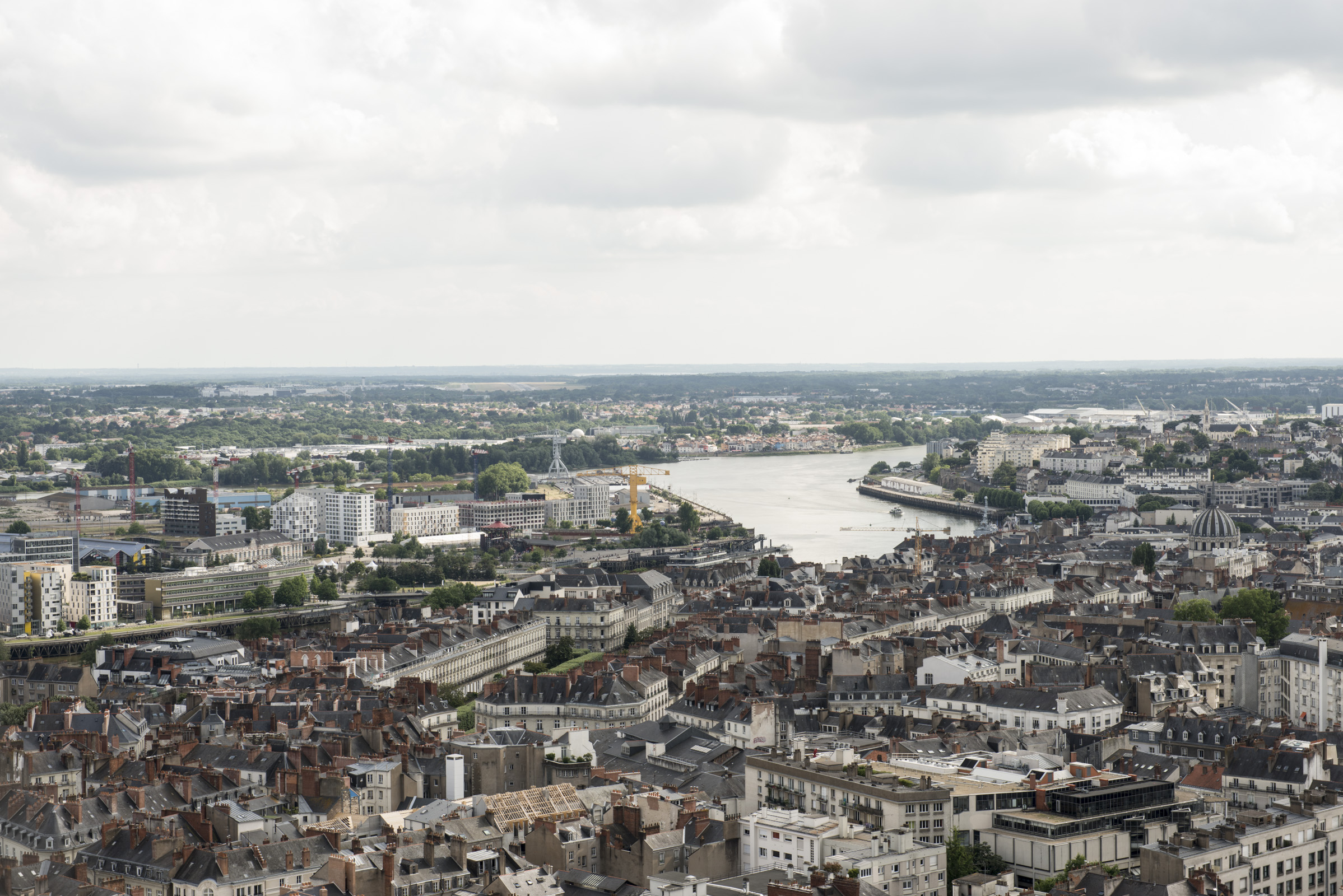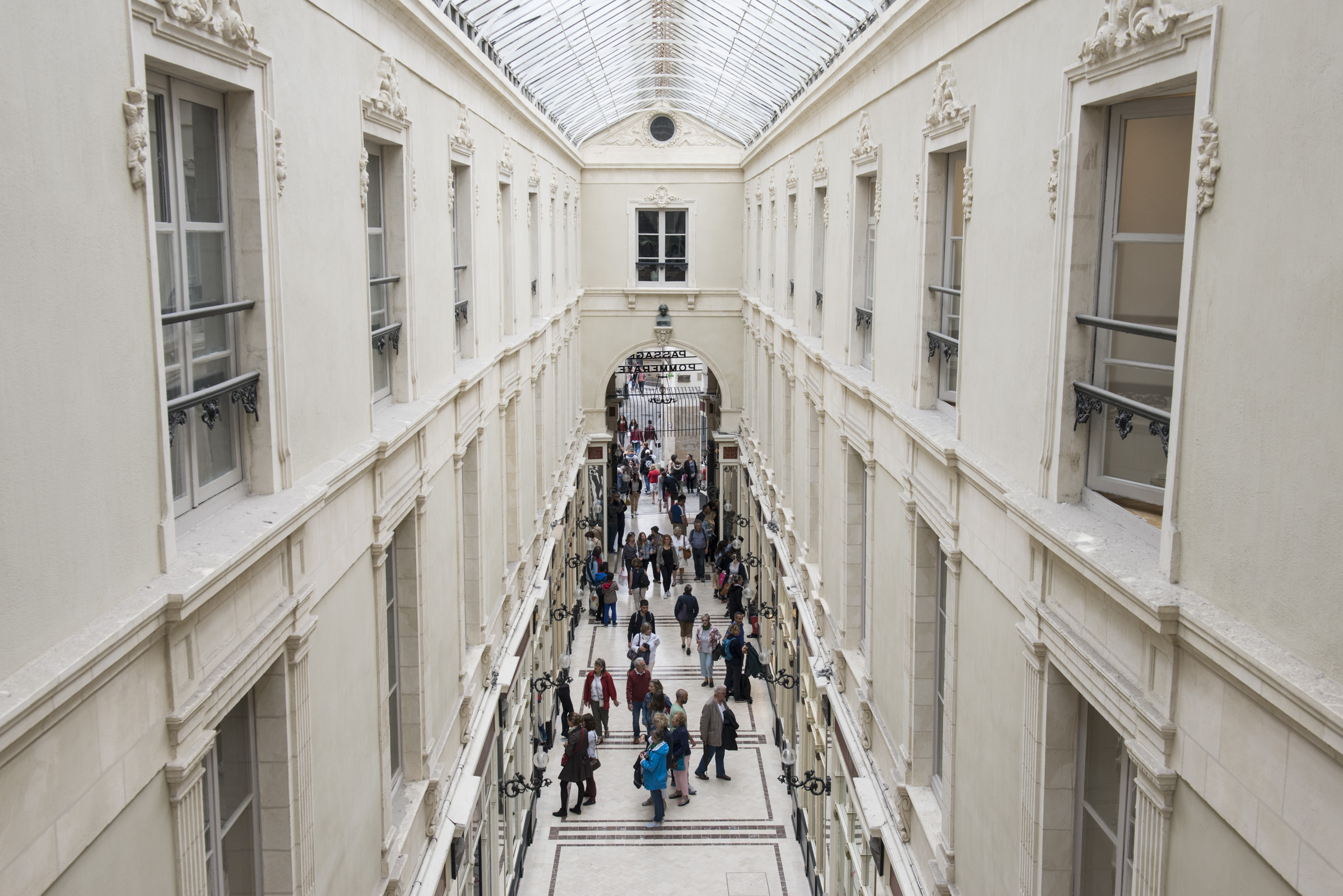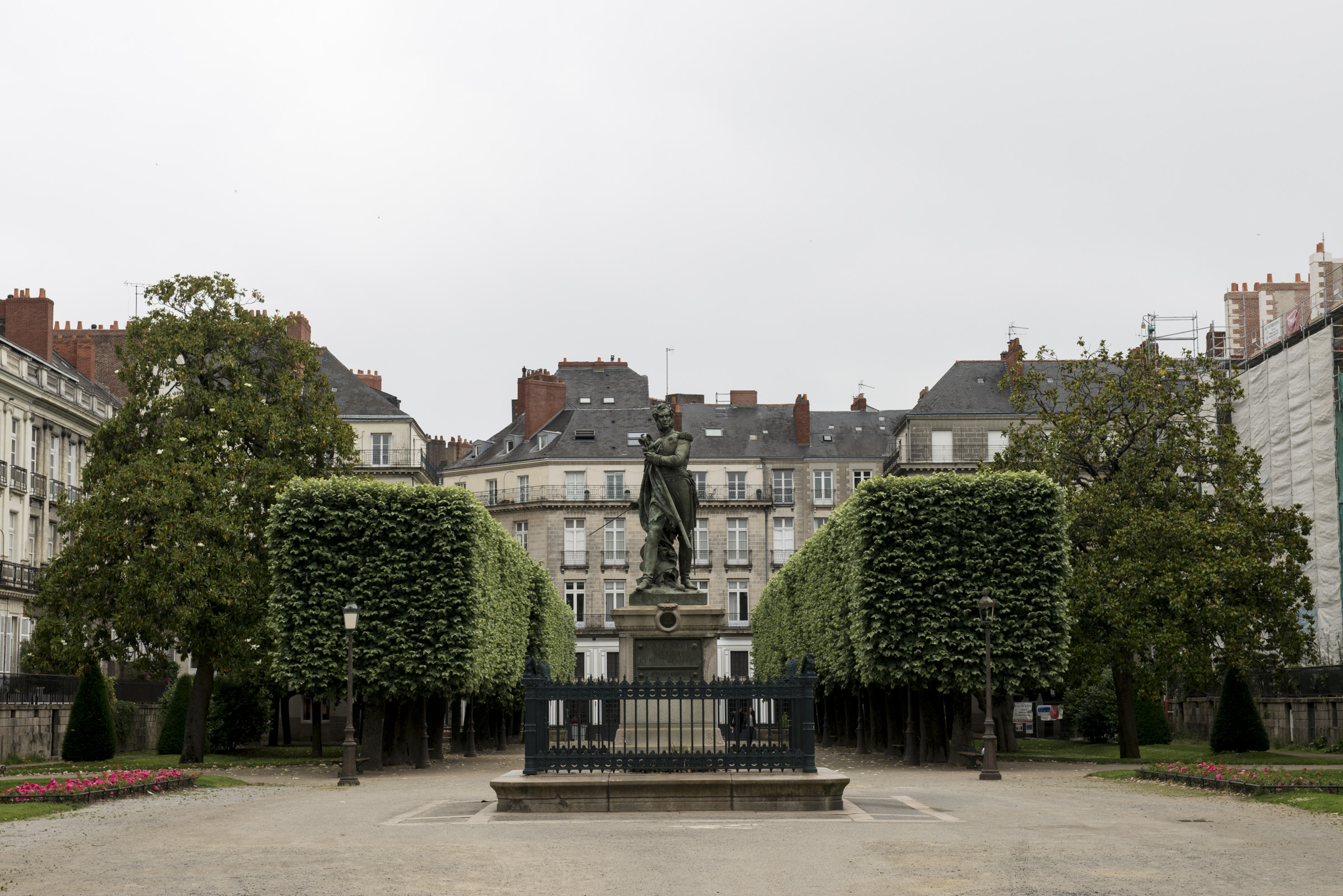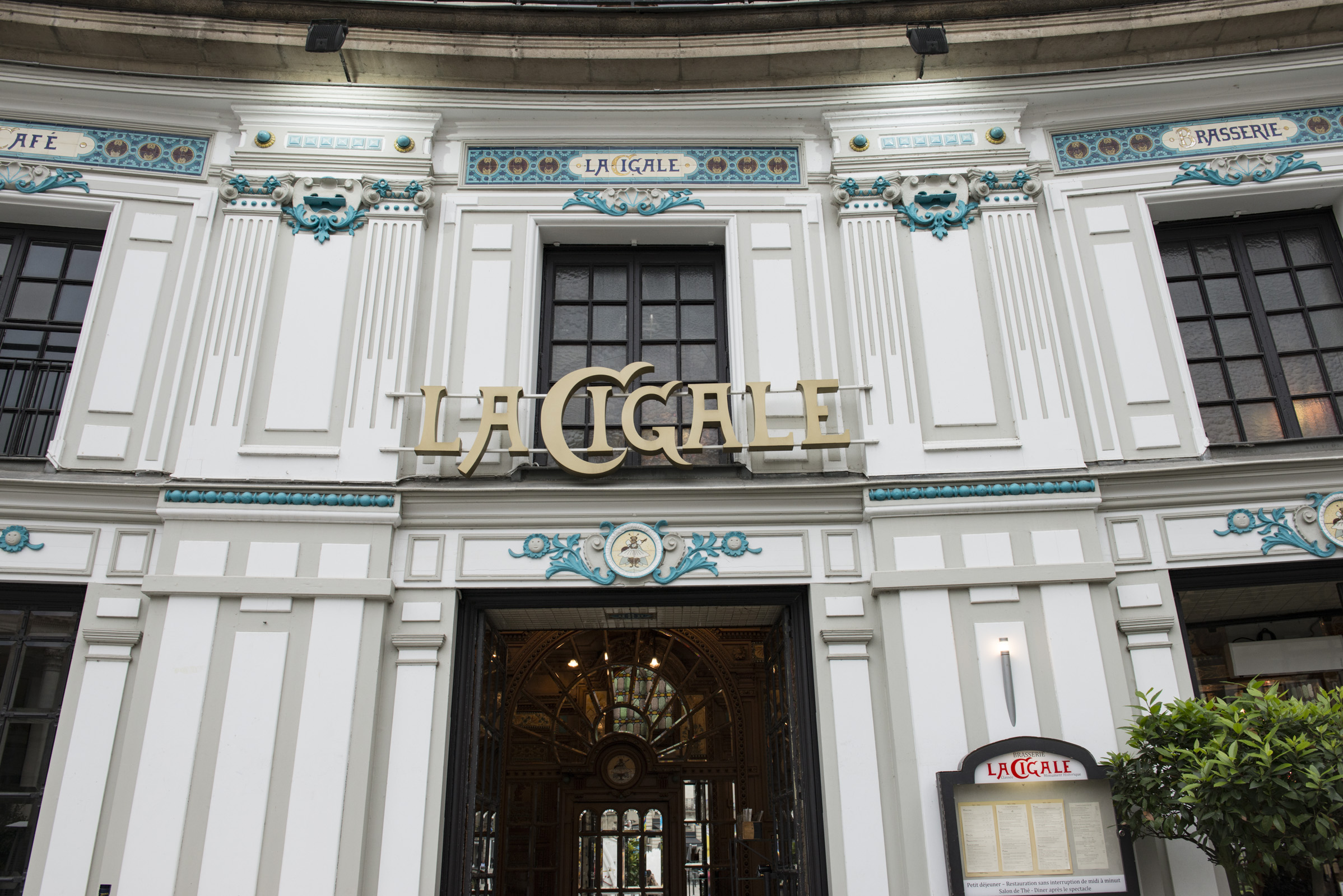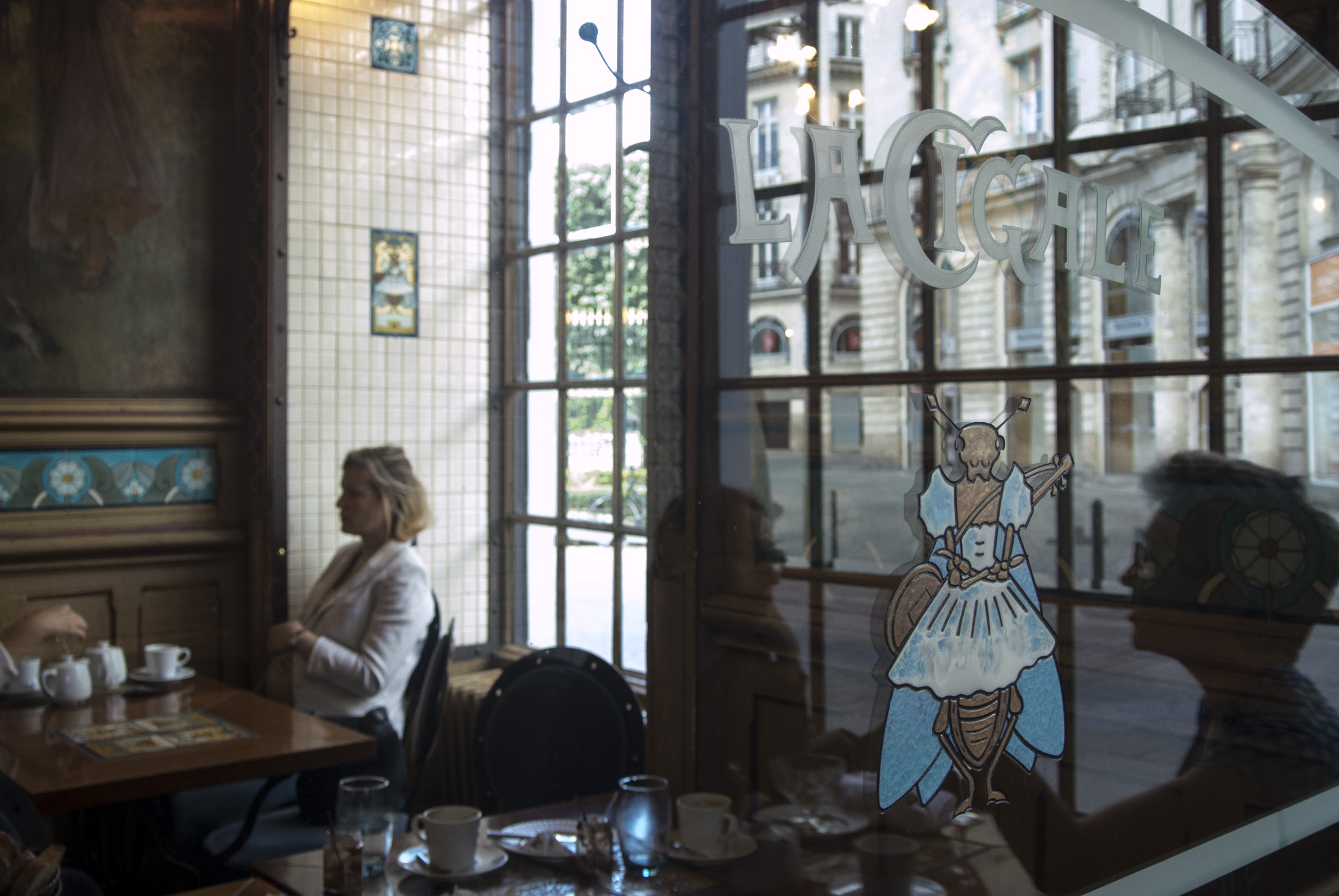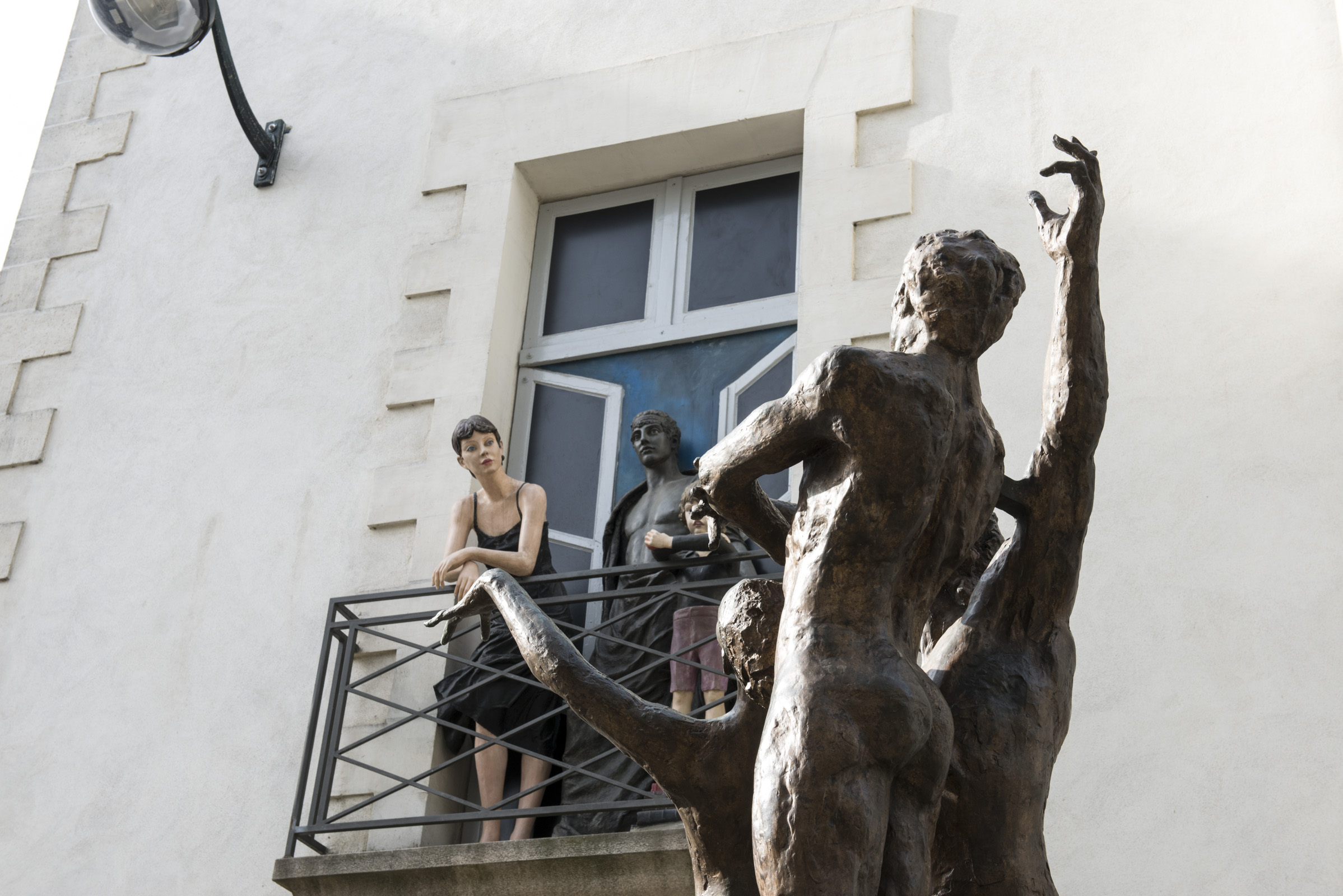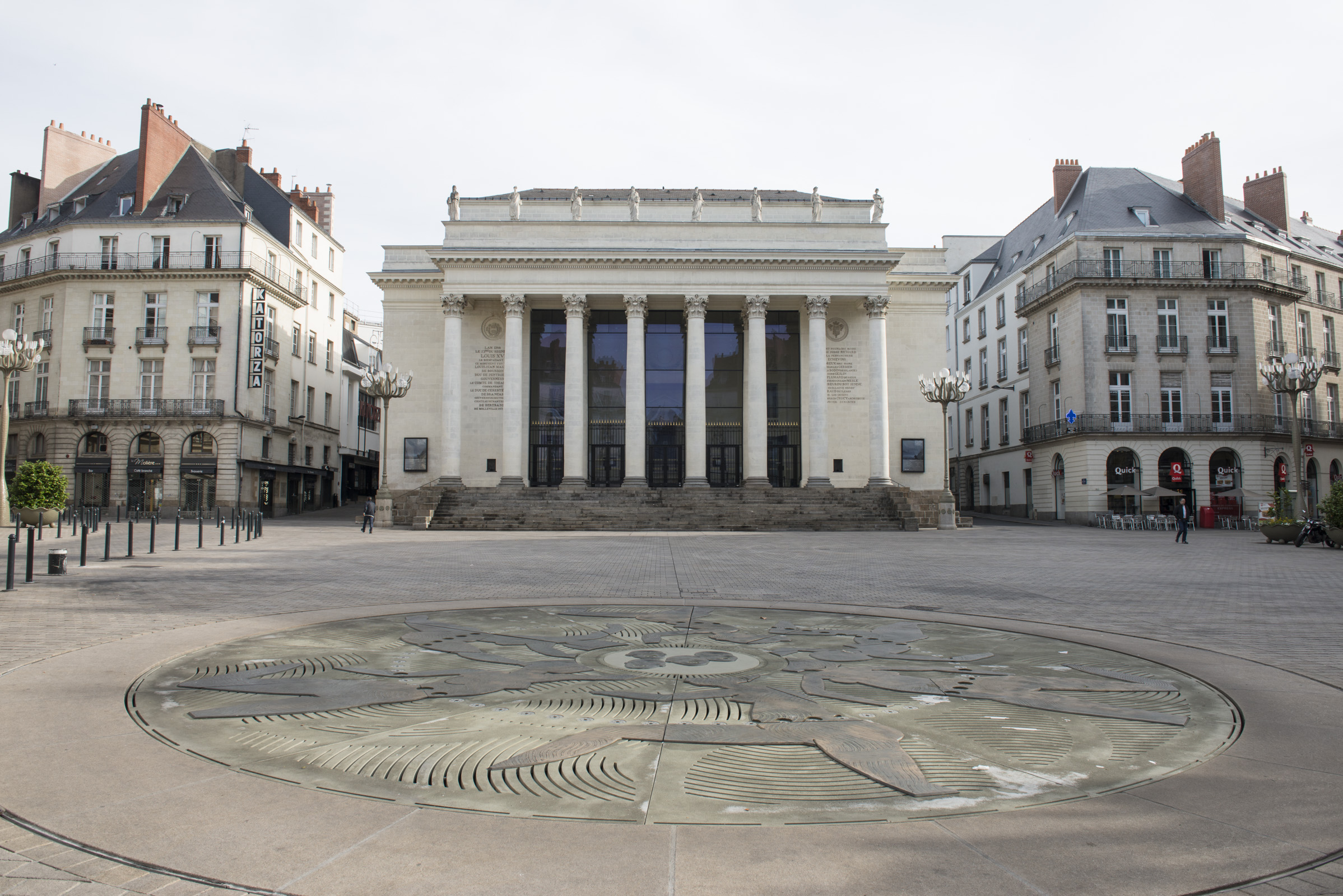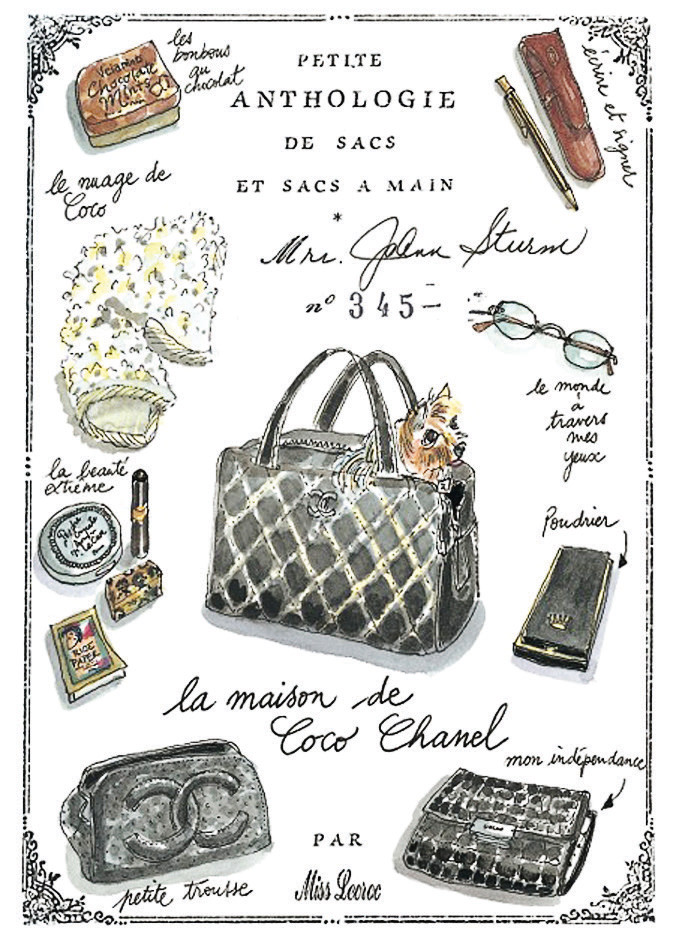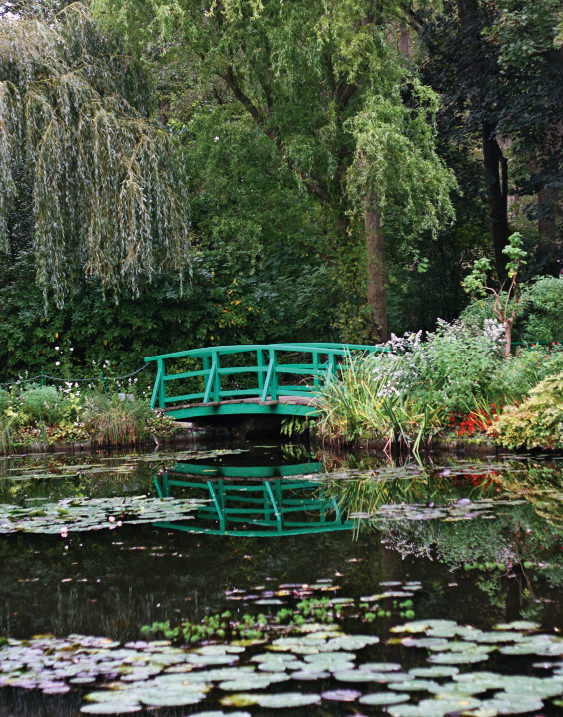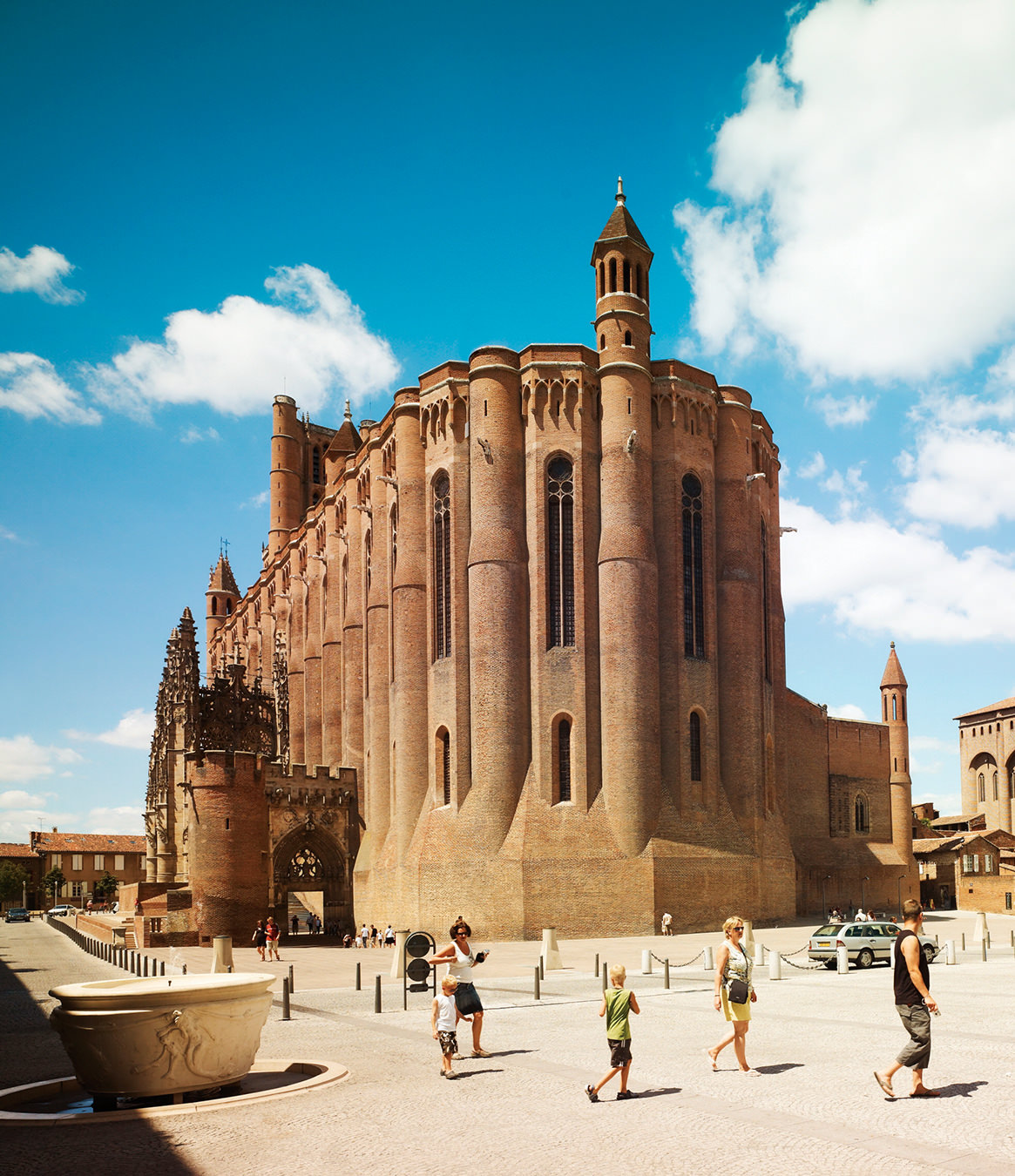Exploring Nantes’s Poshest Quarter
A guide to Graslin.
Spending your day following a fluorescent green trail all over town may sound strange—but not in Nantes. The best way to truly discover Brittany’s most artistic city is by pursuing Le Voyage à Nantes, a green pathway specifically designed to guide visitors to the city’s highlights. From galleries, museums, and public art installations to heritage sites dating to the 13th century, the line unveils all of Nantes’s hidden treasures, one stop at a time.
Situated on the banks of the Loire River, Nantes was once France’s largest harbour and a prosperous epicenter of the slave trade. The bombing raids of the Second World War demolished a great part of the city, along with much of its classic architecture. It wasn’t until the late 1980s when then Mayor Jean-Marc Ayrault started investing in art in an attempt to give Nantes new life. The area closest to the river, the Isle of Nantes, is now a hub of contemporary art, from the fascinating, street-theatrical mechanical elephant by artists François Delarozière and Pierre Orefice, to the “breathing” quality of Rolf Julius’s “Air” work, a structure on the Manny building which emits a rustling sound to passers-by.
One neighbourhood left largely intact through time, however, is the neoclassical Graslin quarter in the city’s centre. On one side of the Graslin square, the emblematic Graslin Theatre (built in 1788) stands opposite La Cigale, one of France’s oldest eateries of the Art Nouveau style. Nearby, cinema Katorza, notably built during the First World War, bombarded during the Second World War, and rebuilt at the beginning of the fifties, offers relaxed indie movie nights during its many foreign film festivals throughout the year.
A few steps away, Passage Pommeraye opens the portal to a consumerist’s paradise. Declared a historic monument in 1976, this iconic market covered in metal and glass has been the top destination for shopping in Nantes since 1843. Across its three levels, you may splurge on all kinds of luxury goods—perhaps a colourful men’s shirt from Coton Doux? Right above the boutiques, numerous apartments allow their affluent residents to bask in the calm of their close-knit community at night, when the passage closes its gates to visitors and the lanes are reserved for locals alone.
Just outside the Passage Pommeraye, along Rue Crébillon, a different kind of shopping Mecca awaits. French, American, and Italian chains coexist in Nantes’s most commercial street. To recharge, make sure to grab a galette bretonne at Crêperie Heb-Ken or treat yourselves to a rocher au praliné from chocolaterie Vincent Guerlais. In the evening, La Comédie des Vins from the other side of the passage will provide you with an unforgettable wine experience complete with eclectic cheese and meat boards.
The imposing Place Royale and a 13th-century remnant fortification on Rue de l’Arche-Sèche is a sign you’re leaving the Graslin quarter to enter the medieval district of Nantes. Who knows where the green line will lead you next?
Never miss a story, sign up for NUVO’s weekly newsletter, here.

